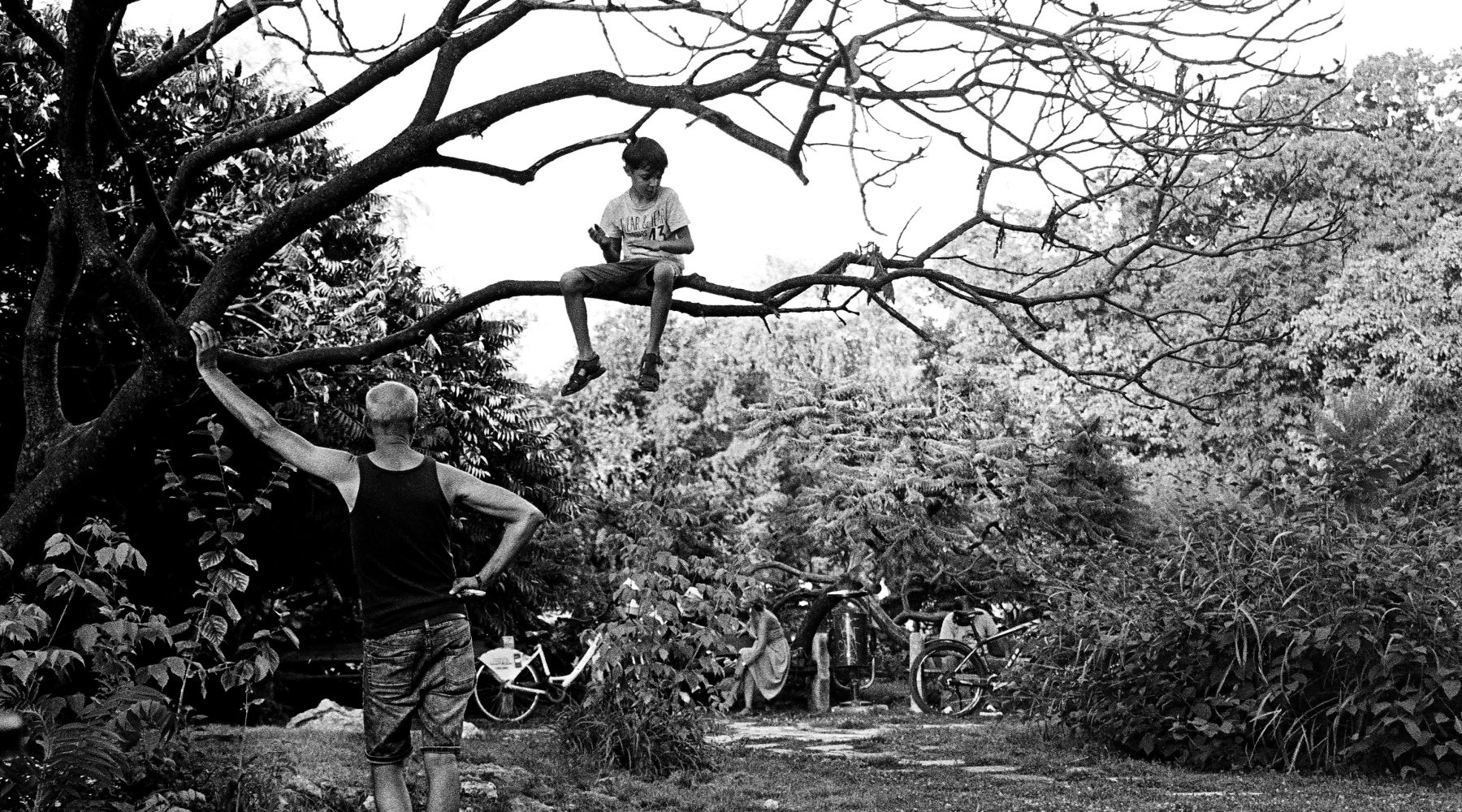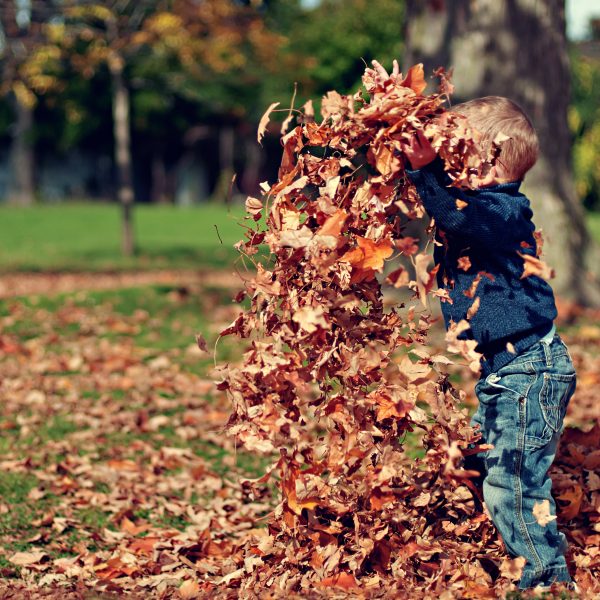The essential nature of undirected, free play
opinion
The views expressed by contributors are their own and not the view of The Sector.

Neve Spicer is a passionate advocate for play. As one of the two founders of We The Parents, Neve is a big believer in the need for children to have time to play, free from the constraints of the adult world.
Neve recently crafted a piece for The Sector, in support of the rights of children everywhere to autonomous, self directed play.
When a political revolution in Romania in 1989 overthrew the Communist system, the world’s attention turned to the plight of the country’s orphans and to the plight of those in other countries. Once access to the orphanages was gained, thousands of children were found. On examining the children, many were found to be undersized for their age, with skulls which were far smaller than expected, and brains which had failed to develop.
Numerous pieces of research and learning have demonstrated the role of loving and responsive relationships with a caring adult in supporting a child to grow, learn and develop. Indeed, the children found in Romania reinforce this on both a physical and psychological level.
Although such relationships are the cornerstone of mental, physical, and emotional development, there is another crucial factor in reaching healthy adulthood, which was also missing for the child: free play, both alone and with other children.
Free play refers to the type of play children engage in when left to their own devices. It is the type of play you see children engaging in during recess breaks or their neighbourhoods. It is purposeful, natural, and child led. During free play, children are not consciously aware they are practising the skill of adulthood, but nevertheless, children engage in this skill building brilliantly, and all the same.
When engaging in free play, children’s methodology may lack in formal themes, they may be fuzzy about course structures, and there are no records of achievement. There is only one report card, one way to tell that the group has succeeded. If a child reaches adulthood able to make friends, get along in a group, and stand up for themselves in an appropriate and meaningful way, everyone gets top marks – all from time spent freely in play.
According to the Oxford Living Dictionary, to play is to “(e)ngage in activity for enjoyment and recreation rather than a serious or practical purpose”.
There are two types of play. One type is directed play; that is, formal games with rules. Typically, play directed by adults falls into this category, and tends to have clear boundaries and outcomes of winners and losers, with adults closely overseeing the interactions.
The second type of play, addressed here, is free play. In this type of milieu, children think up the game, its purpose, the characters within it, and, if there is one, a winner and how one achieves that status. Free play is a space of child governance, and is flexible, adaptable and has boundaries which are revisited often to ensure they are working for all players.
Many parents and educators, in an attempt to provide children with the best start in life, will ensure that children’s time is spent productively, proceeding along a straight and decidedly narrow path. Parents and educators work hard to map out this “path to maturity”, filling the calendar with organised, extra-curricular “enhancement opportunities” with a well intentioned goal of creating a fully developed and mature person at the end of the line.
But here’s the thing: directed learning and directed play both miss out on essential benefits that free play provides. Free play is free. It is free of external forces of direction and discipline. The group is free to change the game at any time, turning the object on its head.
The group rules the game. They can listen to objections or not. They can ostracise cheaters or whiners. If this makes you think of the book “Lord of the Flies,” it should. Children sometimes get hurt in these free play games. They tussle, wrestle, hit and get hit.
Many times, caring adults can find it hard to watch free play unfold. There is an urge to step in and ensure the playing field is even, or that those who are less powerful have an advantage. There is a want to make sure that everyone is happy, no one is struggling, and everyone has a smile on their face.
However, I question how this supports children to develop resilience and prepare to face “the real world”. Employees are unfairly targeted at times. Comments on social media can be cruel, and personal relationships a minefield of navigating complex behaviours and expectations.
During free play, children explore different scenarios, making mistakes and errors in judgement, in a space where consequences are neither real nor severe. All higher-order mammals indulge in free play for much the same reason. Through free play, the young learn to read the signals of others in the group. They learn about social orders, give and take, and practice a variety of scenarios, knowing they can seek advice from the older and wiser members of the group should they need it.
Monkeys raised with only adults do quite poorly in controlling fear and responding to it. They become paralysed by the confusion and fear on meeting a social superior. They either cower in panic or become overly aggressive. For monkeys, this social crippling is the consequence of no free play with peers. Given our evolutionary connection, it stands to reason that for children, it may be the same.
Free play time has been stripped away from children during the last decades in the United States. The results are clear and upsetting. Free play time is crucial to flexible thinking, solving problems, dealing with emotions, and managing fear and interactions. This paucity of free play has led to some rather startling statistics:
- Academic learning is replacing recreational time; 30 per cent of children in their first year of school have no recess or recreational play time during their school day.
- Children from eight to ten years spend about 8 hours every day with media. About 70 percent of children and teens in the US have televisions in their bedrooms.
- Those less than 13 years old may spend fewer than 30 minutes a week outdoors.
Those who care about children, be they educators or parents, know that the most important thing is to keep children safe. I would argue that the very next element in the order of needs is adequate time for free play, where a child learns to be part of society, practising the skills to be a successful adult.
For more information about the value of free play, the following resources may be of use:
https://pediatrics.aappublications.org/content/119/1/182
https://raisingchildren.net.au/newborns/play-learning/play-ideas/why-play-is-important
https://www.gse.harvard.edu/news/uk/18/06/summertime-playtime
https://www.aaastateofplay.com/30-reasons-why-free-play-benefits-child-development/
Popular

Quality
Practice
Provider
Research
Workforce
Honouring the quiet magic of early childhood
2025-07-11 09:15:00
by Fiona Alston

Policy
Practice
Provider
Quality
Workforce
Minister Jess Walsh signals urgent action on safety and oversight in early learning
2025-07-11 08:45:01
by Fiona Alston

Workforce
Policy
Quality
Practice
Provider
Research
The silent oath: Why child protection is personal for every educator
2025-07-17 09:00:31
by Fiona Alston











